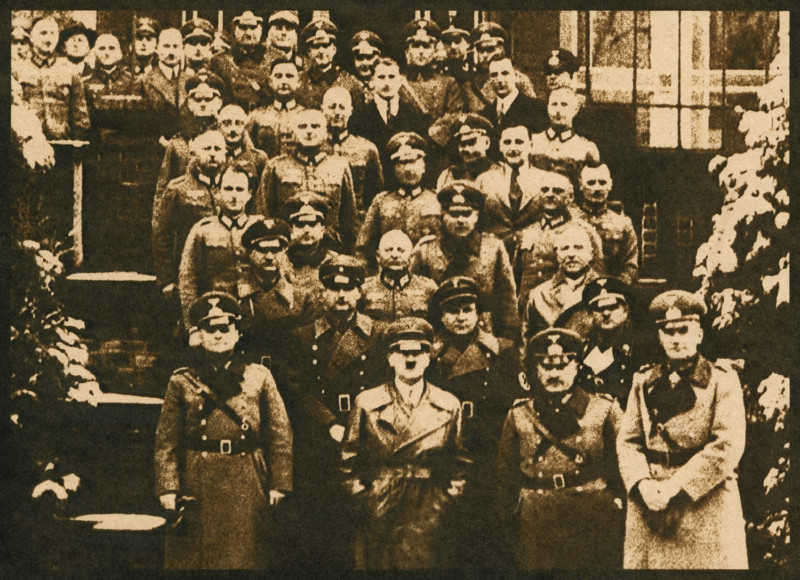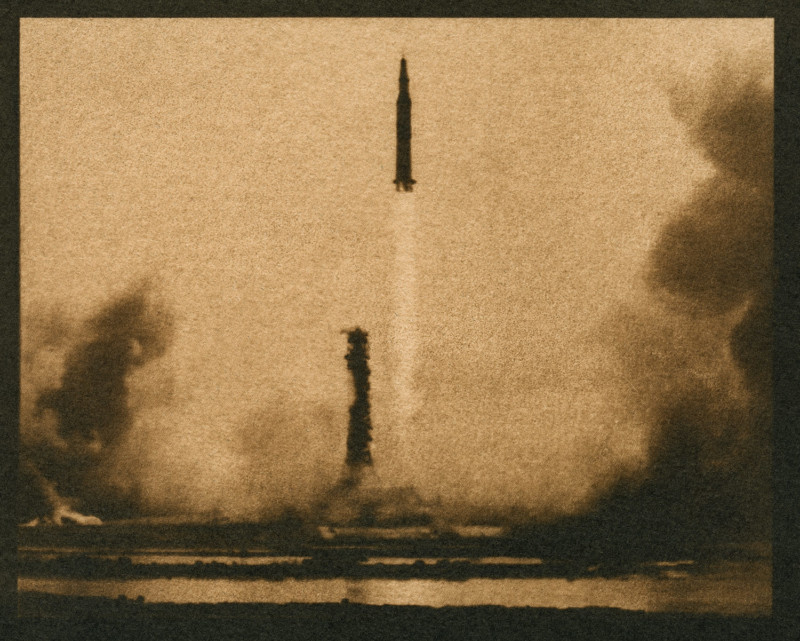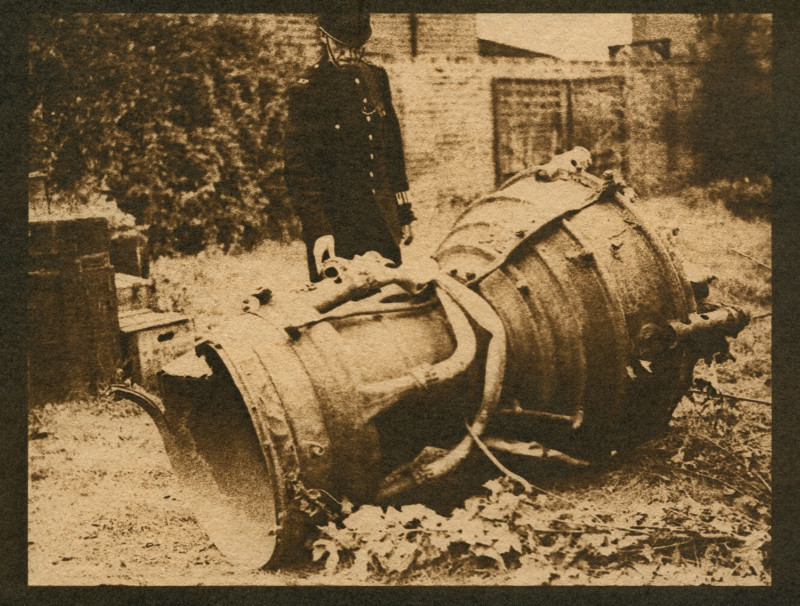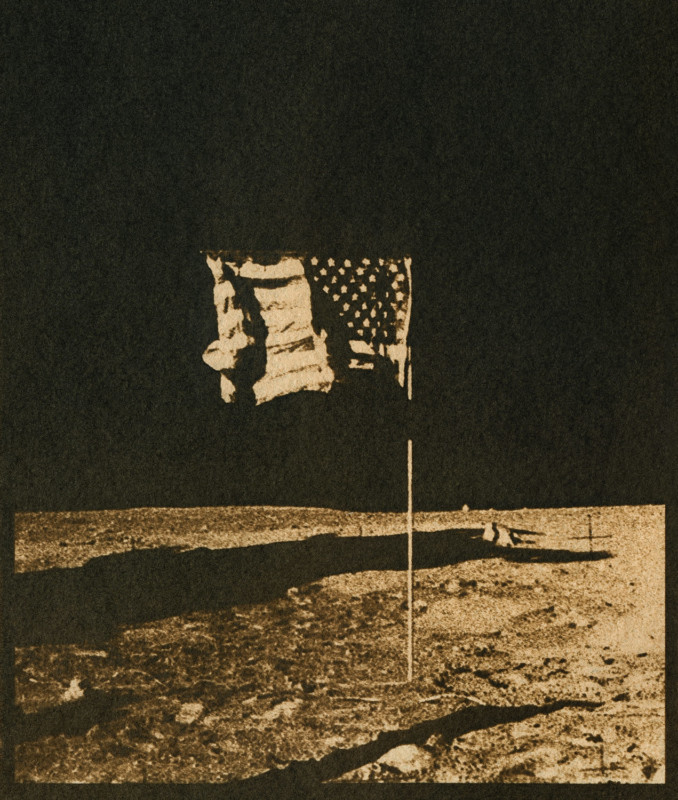![]()
Photographer Lewis Bush has put the dark history of space research under the microscope, revisiting key sites in the history of rocketry and documenting them with the cyanotype process.
Book About Space, History, and Politics
Bush, based in London, United Kingdom, is also a writer and researcher who has investigated a range of social and political issues, which include the systemic inequalities of the art world, the damaging effects of international property development, and more.
His most recent project is titled “Depravity’s Rainbow” and is a photo book that he has launched through Kickstarter. It unravels the story of Wernher von Braun, the scientists who designed the Saturn V rockets that carried men to the moon between 1969 and 1972. But von Braun’s past holds more insidious secrets — he also designed weapons for the military of Nazi Germany, including the first ballistic missile, the V-2.




The missile was a terror weapon that killed thousands of civilians across European cities. Among casualties are thousands of slave laborers who died under unbearable conditions in an underground factory in central Germany.
Examining von Braun’s past, Bush’s photobook project raises the question of how was it possible for a man who had designed weapons intended to safeguard Nazi rule to end up at NASA in the United States, where he build rockets intended for peaceful scientific space exploration.
Revisiting Sites With Historical Importance
Bush has worked on the project since 2018 during which time put together how von Braun’s story interlinks with the politics of the Cold War and the militarization of Earth’s orbit even today. He traveled to and photographed early rocket development sites across Europe in addition to collecting archival material from state and historical archives.





He explains that the photographs in his book are reprinted as cyanotypes, which is an early photographic method intended for astronomy and later widely used for engineering blueprints.
“However, also latent within the chemistry of the cyanotype process are the elements of the hydrogen cyanide gas used in the holocaust, and the vivid ‘Prussian blue’ of the prints still stains the gas chambers at extermination camps like Majdanek in Poland,” Bush says.
Looking Back to the Past for Better Future
“Like von Braun, I believe that travel beyond the earth has the potential to completely change human society,” Bush tells PetaPixel. “But perhaps unlike him, I also believe that technologies are political things and that our choices about them have long-lasting moral consequences.”




“President John F. Kennedy said that space must be used for the progress of all people,” says Bush. “But as long as so many of us remain unaware of the foundations on which space exploration was built, we run the risk of making the same mistakes that people like von Braun did eighty years ago, and using it only for the benefit of a few.”
“That’s why I think it is important to tell this story,” he adds.
The book is currently scheduled to be published later this year on the eightieth anniversary of the first successful V-2 rocket flight and the fiftieth anniversary of humankind’s last visit to the moon. Full details of the campaing including the backing options can be found on the book’s Kickstarter.
More of Bush’s work can be found on his website and Instagram.
Disclaimer: Make sure you do your own research into any crowdfunding project you’re considering backing. While we aim to only share legitimate and trustworthy campaigns, there’s always a real chance that you can lose your money when backing any crowdfunded project.
Author: Anete Lusina
Source: Petapixel



